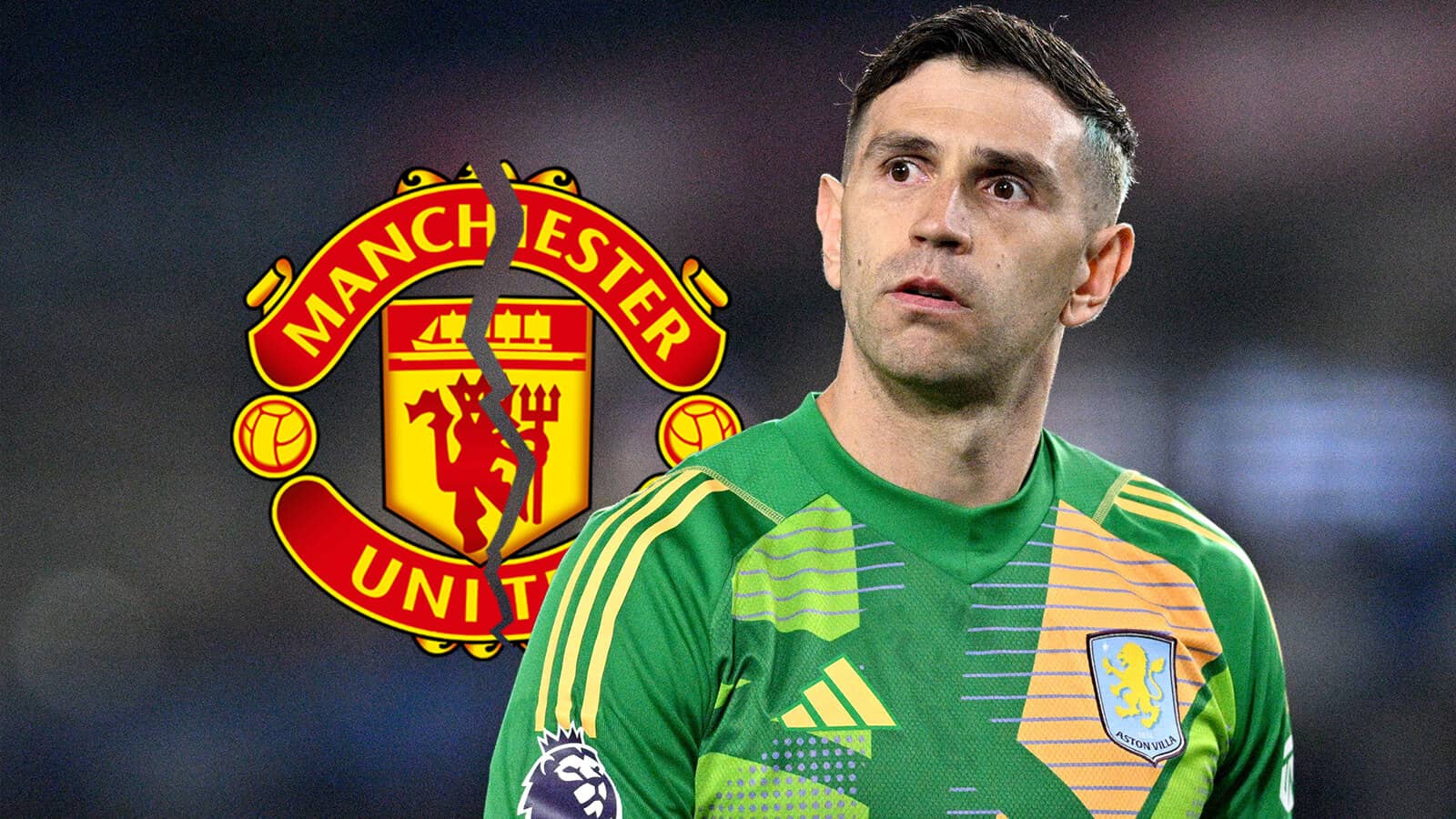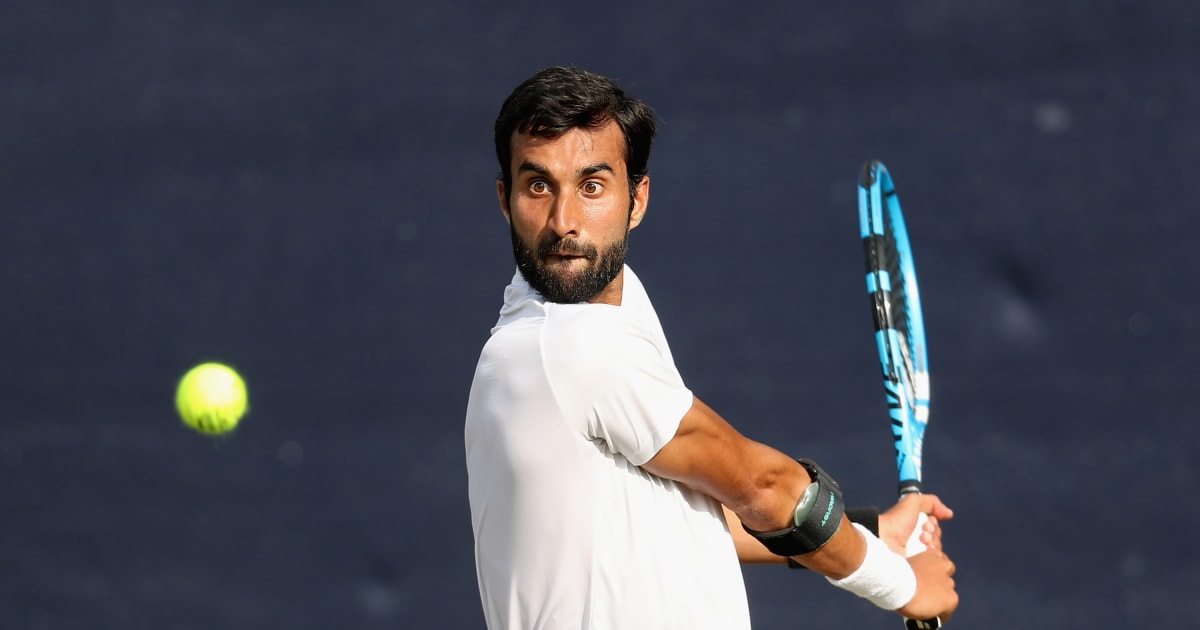The Premier League’s record-breaking transfer window: £3.11bn spent, more than other top leagues combined

No transfer window is ever the same, but few even have similarities to the one that closed for Premier League clubs last night.It was the behemoth, the £3.11billion ($4.16bn) chaotic beast to swallow all others. Clubs spent and spent, and spent some more, right up to the window’s final hours when the biggest — and most acrimonious — deal of all was just about saved for last.AdvertisementAlexander Isak’s £125million move from Newcastle United to Liverpool was a fitting final act that helped add a juicy full stop to the most spectacular summer of trading that English football has known. Deadline day alone saw £375m change hands, nudging the totalizer up to a figure that already ensures this coming January is not needed to make this the most lavish season on record.“Mindblowing,” was how one experienced agent, speaking on the grounds of anonymity to protect relations, described the summer that has now come and gone. “A new level completely.”Never before have the Premier League’s 20 clubs spent nearly as much, both in gross and net figures. The total spend, in fact, was a remarkable £1.1bn more than last summer once the final agreements were struck by 7pm, representing a 55 per cent year-on-year increase. The fact a record number of deal sheets were lodged ahead of the deadline, a figure that ran into double figures for the desperate, illustrated the frenetic nature of business from start to finish.No club has ever had a higher gross spend than Liverpool, either. The £420m they committed on the deals to land Isak, Florian Wirtz, Hugo Ekitike, Milos Kerkez, Jeremie Frimpong and Geovanni Leoni was without precedent, even if it was offset by £190m of player sales. The combined fees would have gone beyond £450m had it not been for Marc Guehi’s proposed move from Crystal Palace collapsing at the death.Liverpool (who did it twice) were also one of seven clubs to break their own transfer record, with the protracted pursuit of Isak standing as the biggest ever transfer involving an English club. Perhaps the only new ground left uncharted in this window was the world-record deal that took Neymar from Barcelona to Paris Saint-Germain for £200m in the summer of 2017. One for another day down the road.AdvertisementLiverpool set the pace, but they were by no means an outlier. Arsenal’s net spend was higher, at £245m, in a summer that brought Martin Zubimendi, Eberechi Eze, Viktor Gyokeres and Noni Madueke to the Emirates, while Chelsea, Manchester United and Tottenham Hotspur all spent north of £180m attempting to keep up. Manchester City spent the least of the big six clubs, but any sense of frugality is tempered by their own record spend of £180m in the January transfer window that began the year.Call it naked ambition or an uncoupling from restraint, but there was significant investment at almost every club this summer. A total of 56 players were signed for £20m or more, with only Leeds United not hitting that mark. The average spend for each club was a smidgin over £150m.So what has driven the boom?“What we’ve ended up with is a series of benchmarks being set,” says Professor Rob Wilson, expert in sports finance and academic leader at University Campus of Football Business (UCFB). “Liverpool went in early for (Florian) Wirtz and then bringing in (Hugo) Ekitike, it’s really shaken up the market.“It’s all about the setting and resetting of bars for other teams to try to challenge. Matheus Cunha (from Wolverhampton Wanderers to Manchester United) at £60m is another example. Even though that was a buy-out clause, it said to the market that that type of player is worth that type of money. It’s why we’ve seen so many £50m, £60m transfers.“Couple that with the number of clubs that have been crying out for an elite No 9. Those players are really rare and will always command a high premium.“We’ve also got this unique situation where we’ve got four or five of the big clubs all looking for a striker. Liverpool, Arsenal, Chelsea, Manchester United, Newcastle. They’ve all wanted that elite No 9, and that topped up what was already shaping up to be a pretty progressive window from the beginning.”Nothing places this summer’s spend in context like a glance back 10 years. In the weeks that spanned the beginning of the 2015-16 season, £870m was spent on deals that included Manchester City signing Kevin de Bruyne and Raheem Sterling for just over £100m.AdvertisementEnglish football had built and built to that point, but spending has since ballooned, underlining that the Premier League is the monster that will not stop growing.This summer has been particularly seismic, as a new broadcast cycle begins and forecast revenues climb once more. Although the domestic package has only seen nominal growth, a four per cent uplift in return for a steep rise in live games shown, overseas deals continue to snowball.BeIN Sports, for example, is now paying 10 per cent more than it was last season to show every game in the 24 MENA (Middle East and North Africa) countries, with a new three-year deal worth £550m. Thai broadcaster Jasmine International has also begun its lucrative new agreement with the Premier League that will run for the next six seasons.The heightened global appeal has brought a 27 per cent increase in the value of overseas rights this season and guarantees every club improved central distributions. Hand in hand go the rising commercial deals intrinsically linked to audiences. There is surety behind the spending, enabling 14 of the 20 Premier League clubs to spend more than £100m on new players.Then there are the UEFA revenues that almost half of the division will enjoy this season. The six English clubs that have qualified for the Champions League will make anywhere between £40m and £130m from Europe’s marquee competition this season, while two of those (Chelsea and Manchester City) also had recent windfalls from FIFA’s Club World Cup, a competition that allowed transfers to begin earlier than ever through the split windows.Another factor behind this summer has been the loosening of the limits that came last year through PSR concerns.Twelve months ago, business from the likes of Newcastle, Nottingham Forest, Leicester City and Everton was shaped by a lack of headroom over a sliding three-year assessment period. It was perhaps only Aston Villa, whose most pressing concern is now complying with UEFA’s FFP rules, who were inhibited this season. Their only major investment since missing out on Champions League qualification on the final day was the modest £26m spent on Nice striker Evann Guessand.AdvertisementEven the newly promoted clubs have been prepared to go big. Each has committed at least £95m to rebuilding their squads this summer, with Sunderland paying out £153m to sign 14 new players. That was a greater outlay than any club in Spain, Italy and France.“Having those guaranteed numbers coming in has really helped clubs balance their books and spend more aggressively,” adds Wilson. “You couple that with success in some of those European competitions, which have also seen a big rise in prize money, and all of a sudden, you have a much bigger revenue budget that you can activate against some of these player acquisitions. Success on the field also breeds new commercial deals along the way, so it becomes this optimised circle.”The rest of Europe, meanwhile, can do little but watch on. The gulf between the Premier League and the other top divisions in Italy, Spain, Germany and France continues to widen, even if Real Madrid stand comfortably out in front as the richest club in the world.Serie A clubs spent just over £1bn to make them the closest financial competitor to the Premier League, while the Bundesliga got to just over £700m. Clubs in Ligue 1 reached a spend of £550m, marginally behind La Liga on £590m. Put them all together, though, and they still could not match the gross spend of the Premier League.Those four other big leagues, in fact, ended with a combined profit, as the Premier League (net spend: £1.3bn) went on its annual raid of Europe’s best footballers.The Premier League’s muscle was also felt indirectly in the Championship. Of the £374m of sales from second-tier clubs this summer, £254m of that went back to clubs already in receipt of parachute payments.Ipswich Town alone recouped almost £70m from the sales of Omari Hutchinson to Nottingham Forest and Liam Delap to Chelsea, enabling them and Southampton, who also offloaded Tyler Dibling (to Everton) and Mateus Fernandes (to West Ham United), to account for 37 per cent of the Championship’s total £251m spend. Wrexham, fuelled by the revenues of their ongoing Disney documentary, ended up with the highest net spent of £23m as they attempt to make it four promotions on the spin.AdvertisementPremier League money is not yet what makes Wrexham’s world go round, but they are an exception to the rule. Football’s ecosystem, both in England and overseas, is driven by the enormous revenues generated by those 20 fortunate clubs. This summer was another, more stark than ever, reminder of that.(Top photos: Getty Images)









